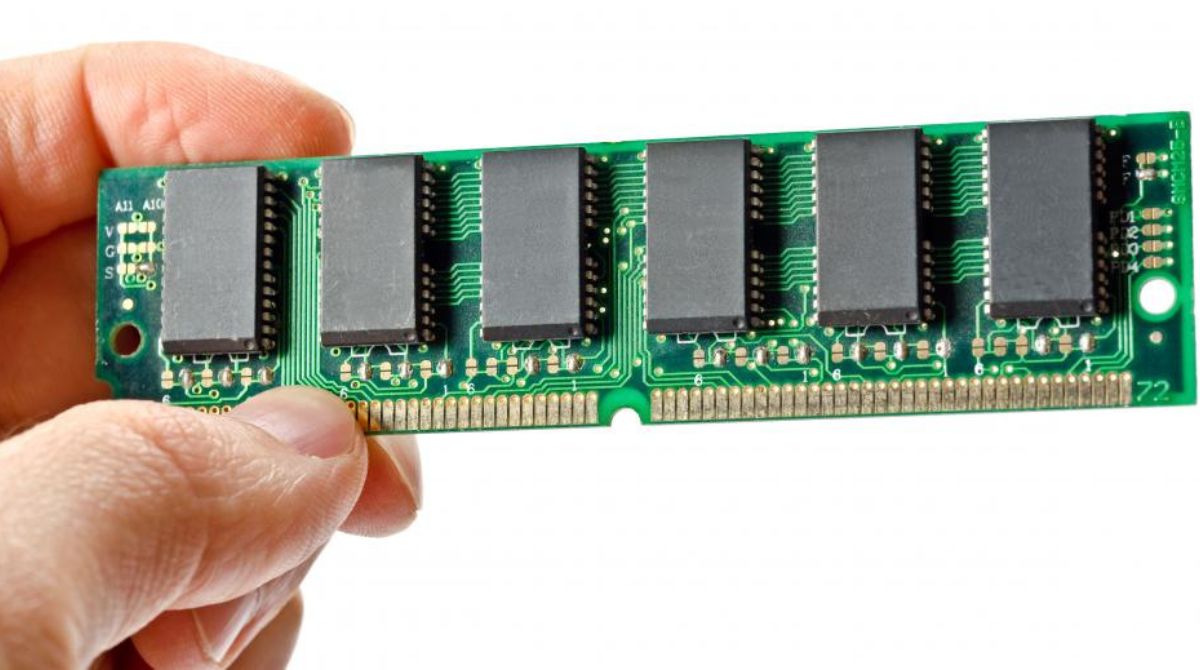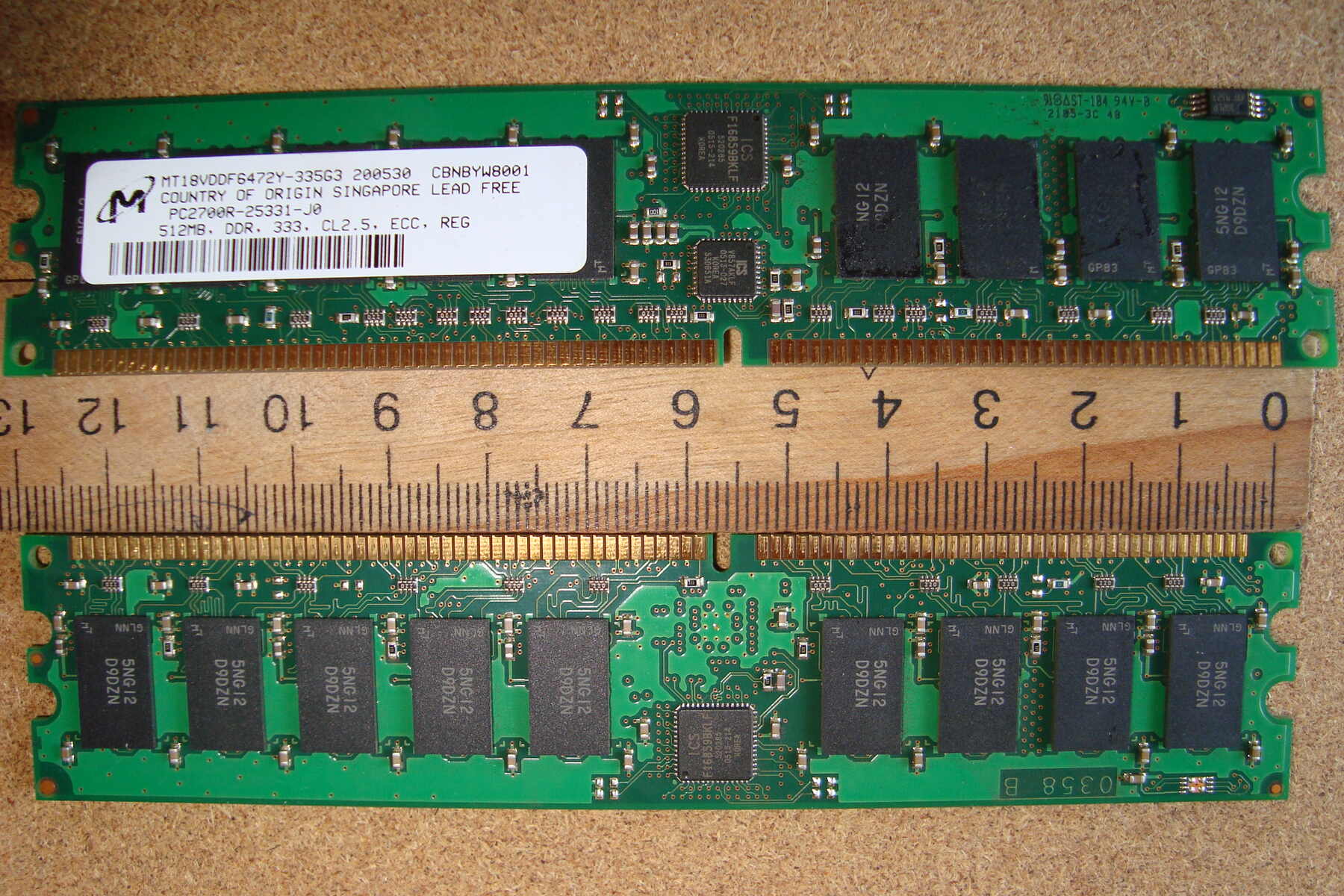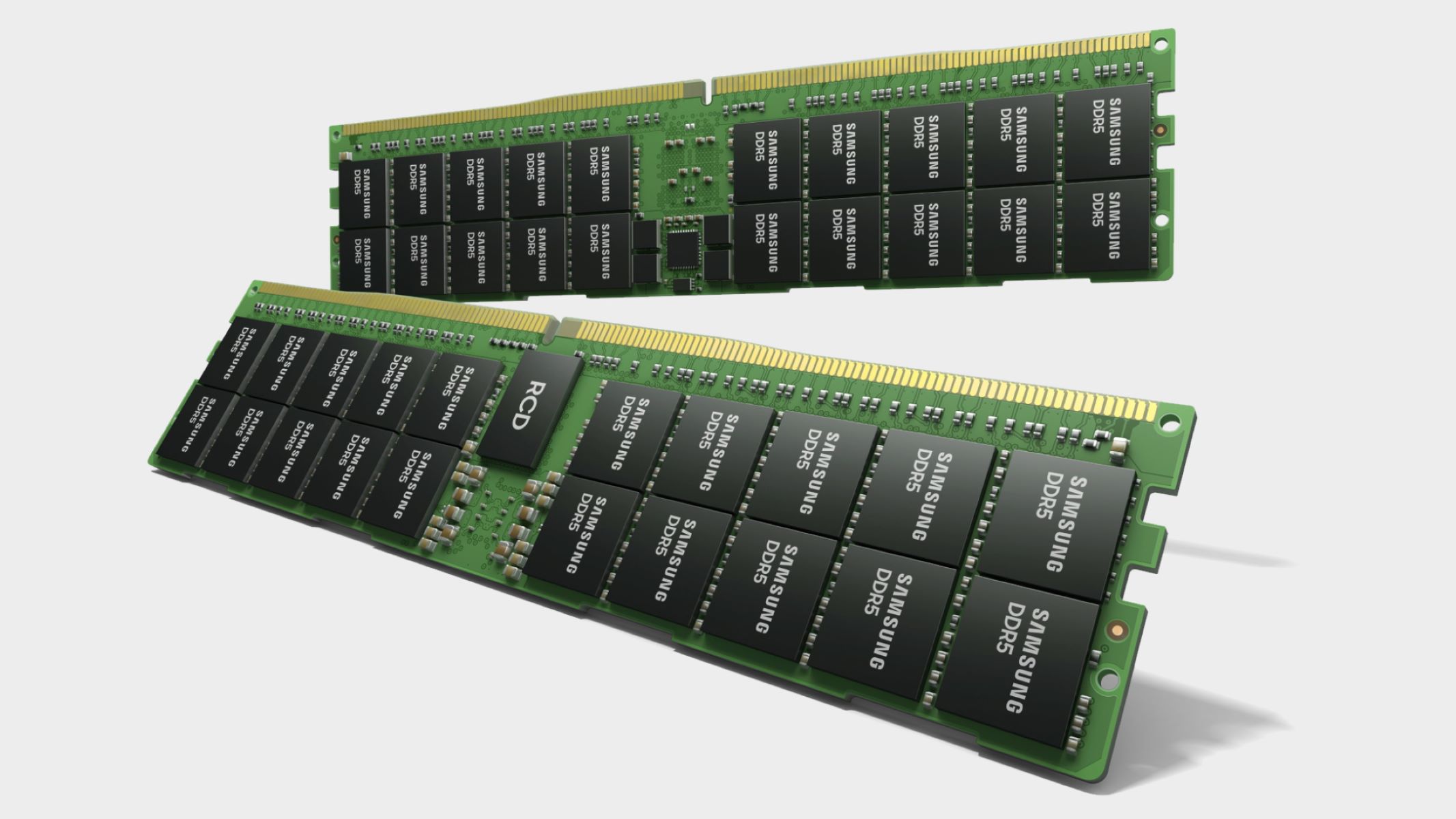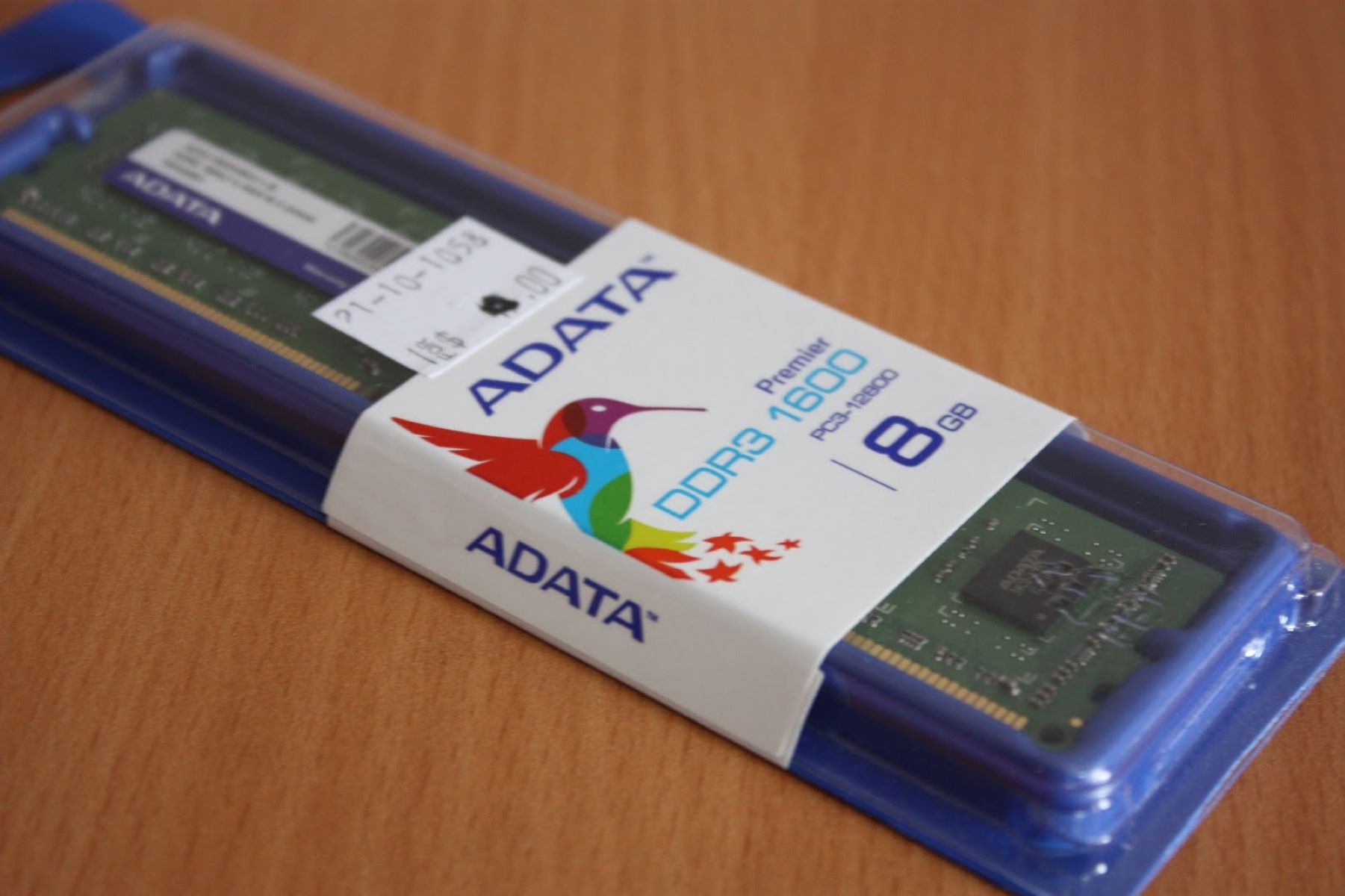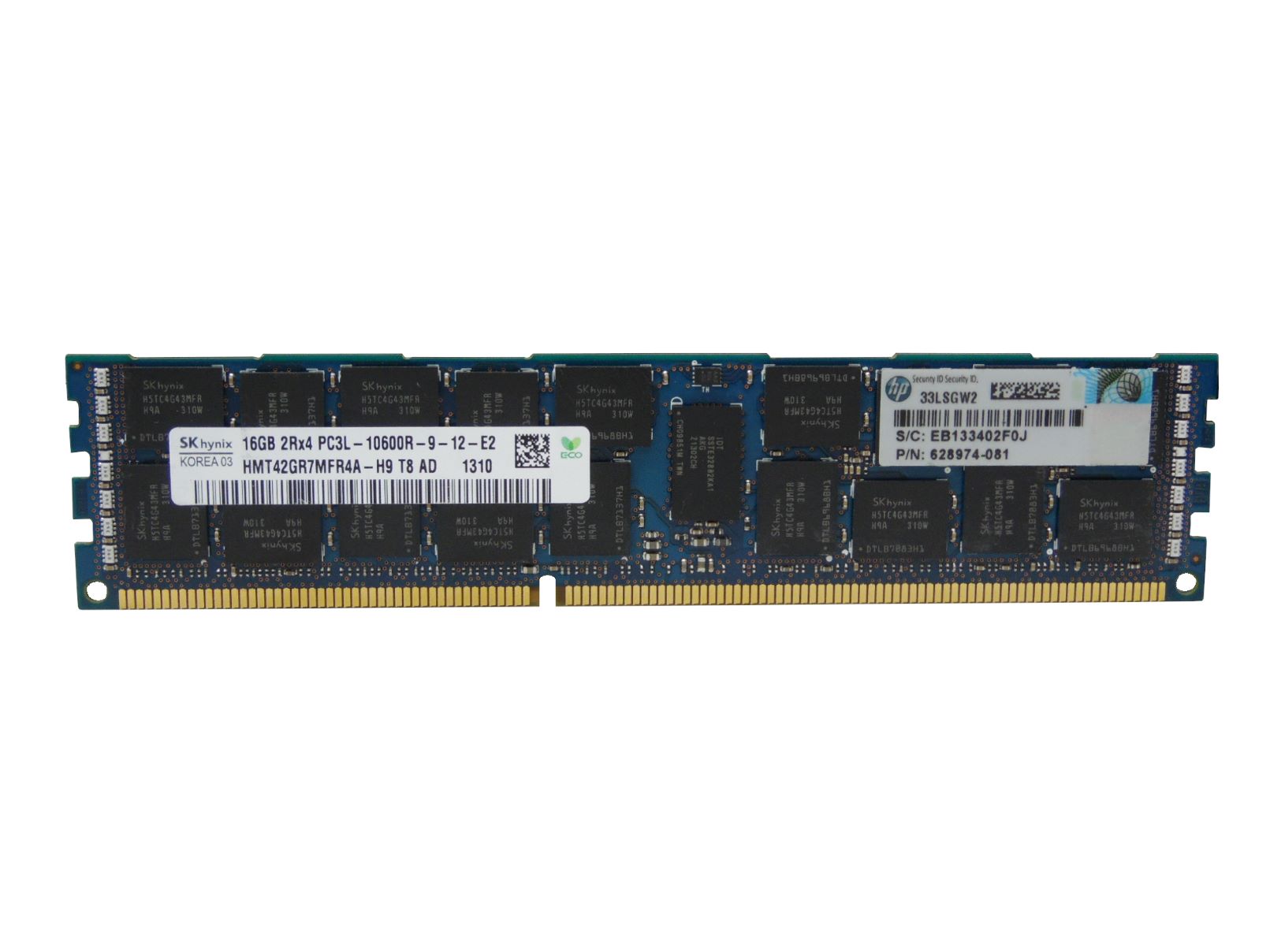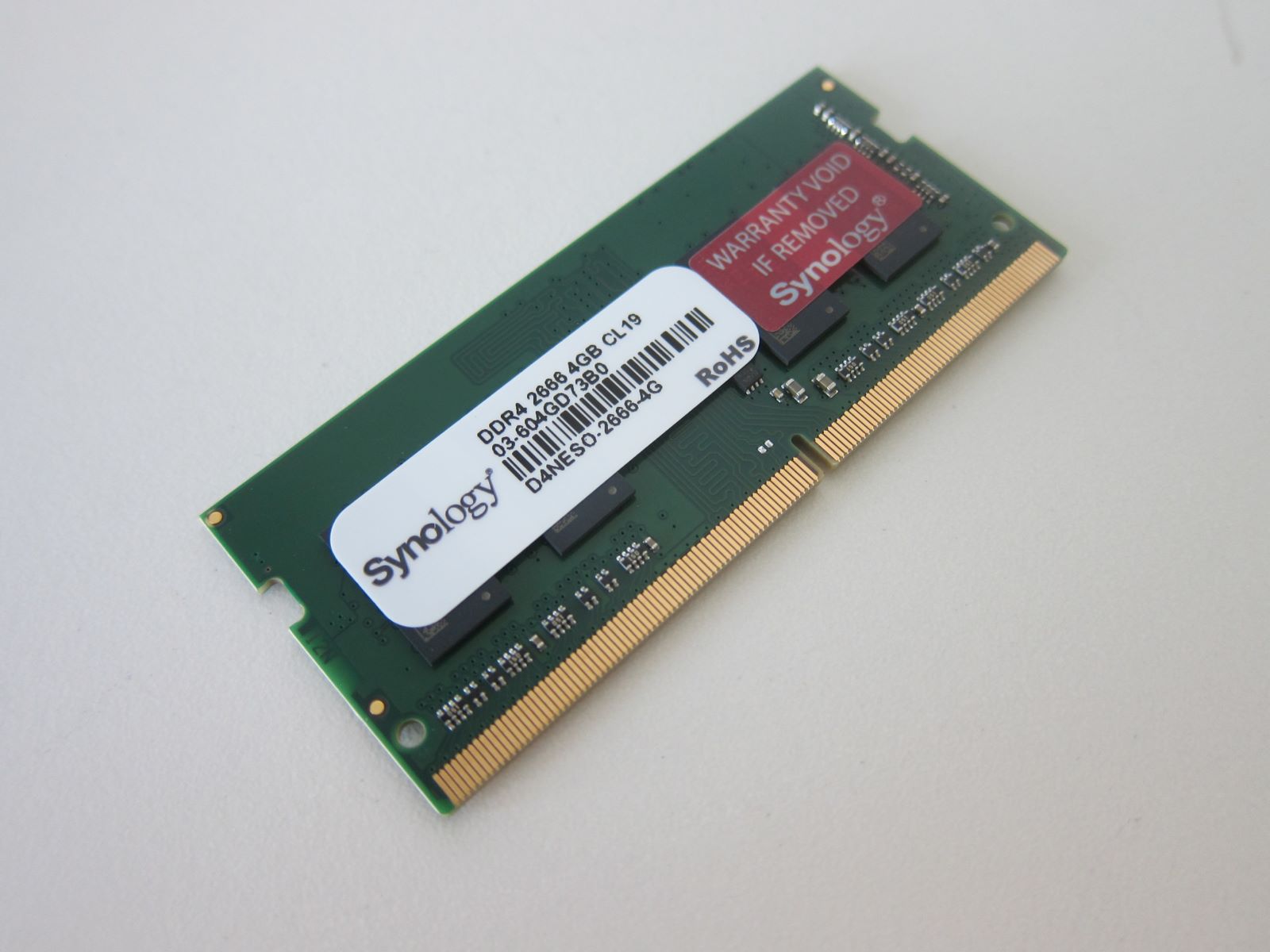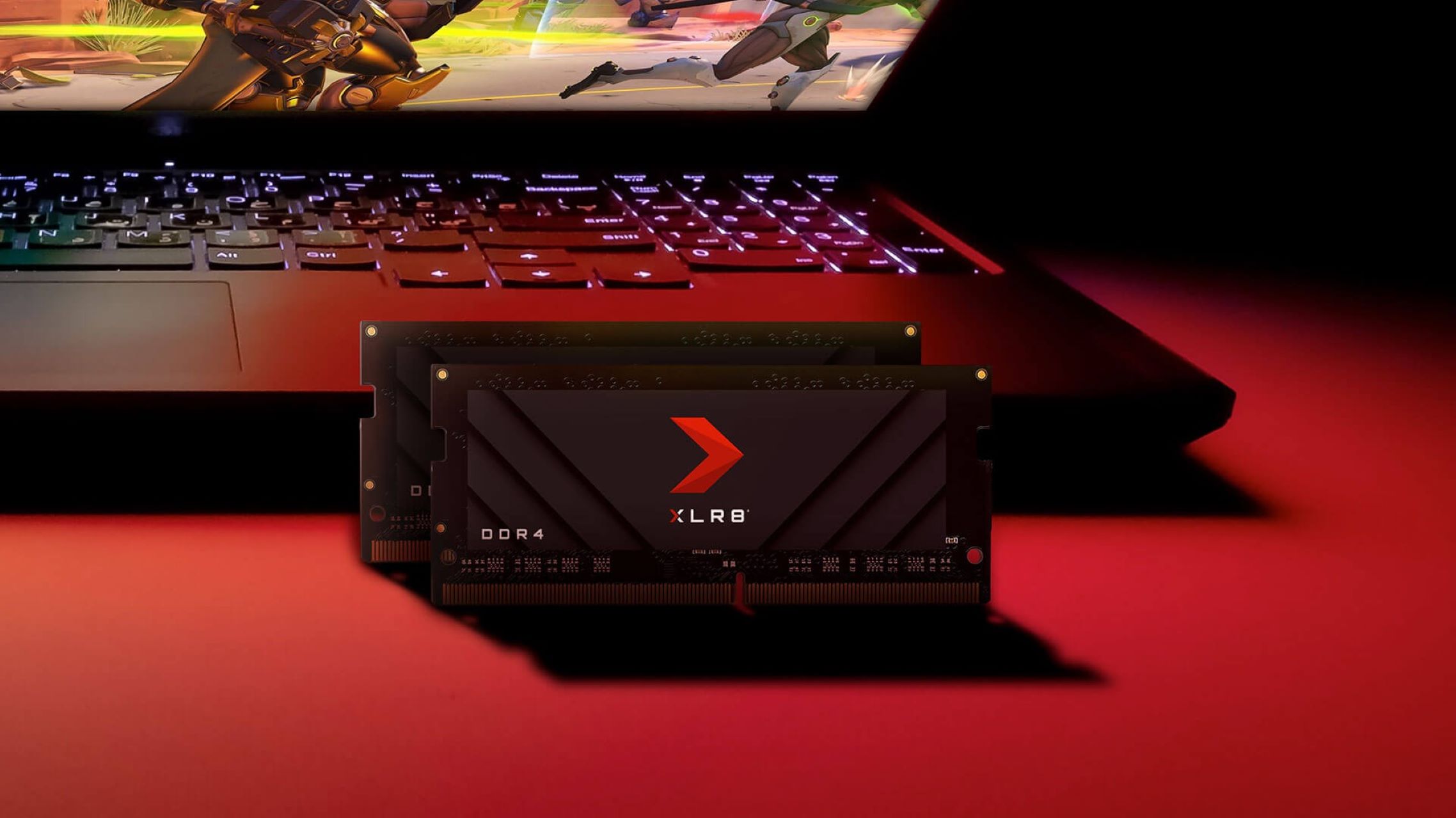Introduction
Welcome to the world of computer hardware! If you’ve ever wondered what makes your computer run smoothly and efficiently, then you’ve come to the right place. In this article, we will be diving into the fascinating world of RAM and exploring the concept of unbuffered RAM.
Random Access Memory, commonly known as RAM, is an integral component of any computer system. It plays a crucial role in storing and accessing data that is actively being used by the computer’s processor. Essentially, RAM serves as a temporary storage space for data, allowing the processor to access it quickly.
When it comes to RAM, you may have come across terms like buffered and unbuffered RAM. These terms refer to different types of RAM modules, each with its own unique characteristics and functionality. In this article, we will be focusing specifically on unbuffered RAM and exploring its significance.
Unbuffered RAM, also known as unregistered RAM, is a type of memory module that does not have any additional chips or components that act as buffers between the RAM modules and the memory controller. This means that the data flows directly to and from the memory controller without any additional processing or buffering.
Now that we have a basic understanding of what unbuffered RAM is, let’s explore the differences between buffered and unbuffered RAM and understand why unbuffered RAM may be the preferred choice in certain scenarios. So, join us on this informative journey as we unlock the mysteries of unbuffered RAM!
What is RAM?
Before diving deeper into the concept of unbuffered RAM, let’s take a moment to understand what RAM actually is. RAM, which stands for Random Access Memory, is a vital component of any computer system. It is a type of computer memory that is used to store and access data that is actively being used by the computer’s processor.
RAM is often referred to as the computer’s short-term memory because it is responsible for holding data that is currently being processed by the CPU. Unlike a computer’s permanent storage devices, such as hard drives or solid-state drives, RAM is volatile, meaning that its contents are not retained once the computer is turned off or restarted. This is why you might notice that your computer takes longer to start up after a shutdown compared to when it’s simply put into sleep mode.
When you open an application or run a program, the data and instructions are loaded into RAM. The CPU can then quickly access this data from RAM, which allows for faster processing and smoother multitasking. Think of RAM as a workspace for the CPU, where it can retrieve and manipulate information at lightning-fast speeds.
The amount of RAM installed in a computer has a direct impact on its performance. With more RAM, the computer can store and handle larger amounts of data, which leads to improved efficiency and faster response times. Nowadays, it is not uncommon to see computers with several gigabytes or even terabytes of RAM, especially in high-performance systems used for gaming, video editing, and other resource-intensive tasks.
In summary, RAM is a crucial component in any computer system, providing the necessary storage space for actively used data. It allows the CPU to quickly retrieve and process information, resulting in improved performance and smoother multitasking capabilities. Now that we have a solid understanding of RAM, let’s dig deeper into the specific types of RAM, starting with unbuffered RAM.
What is Buffered RAM?
Buffered RAM, also known as registered RAM, is a type of memory module that incorporates additional chips or components called registers. These registers act as buffers between the RAM modules and the memory controller. The purpose of these buffers is to enhance the stability and reliability of the RAM modules.
When data is transferred from the RAM modules to the memory controller, the registers in buffered RAM help in amplifying and reshaping the electrical signals, ensuring that the data is transmitted accurately and without any degradation. The registers also help in controlling the electrical loading on the memory bus, reducing the burden on the memory controller.
One of the key advantages of buffered RAM is its ability to handle larger memory capacities. Since the buffers in buffered RAM help in amplifying and reshaping the signals, they can compensate for any signal losses that may occur when using a large number of memory modules. This allows for better signal integrity and reduces the chances of data errors.
Furthermore, buffered RAM can also improve system stability by providing a higher level of electrical isolation between the memory modules and the memory controller. This can be especially beneficial in server systems or high-end workstations where multiple memory modules are used, as it helps to minimize the impact of electrical noise and interference.
However, buffered RAM does come with some trade-offs. One major drawback is the increased latency or delay in data access. Since the data has to pass through the registers before reaching the memory controller, there is a slight delay in the overall data transfer process. This can result in slightly slower performance compared to unbuffered RAM, especially in situations where latency is crucial, such as gaming or real-time data processing.
In summary, buffered RAM incorporates additional registers that act as buffers between the RAM modules and the memory controller. It provides benefits such as improved signal integrity, support for larger memory capacities, and increased system stability. However, it may introduce some latency, leading to slightly slower performance. Now that we have a solid understanding of buffered RAM, let’s move on to explore unbuffered RAM and its unique characteristics.
What is Unbuffered RAM?
Unbuffered RAM, also known as unregistered RAM, is a type of memory module that does not include any additional chips or components between the RAM modules and the memory controller. Unlike buffered RAM, unbuffered RAM allows for direct communication between the memory modules and the memory controller without any extra processing or buffering.
Unbuffered RAM is designed to provide a simpler and more straightforward memory architecture. Without the additional buffers or registers, unbuffered RAM offers lower latency compared to buffered RAM. This means that data can be accessed and transferred more quickly, resulting in better overall system performance, especially in applications that require fast data access, such as gaming or real-time multimedia processing.
Another advantage of unbuffered RAM is its compatibility with a wide range of computer systems. Since it operates without any additional components, unbuffered RAM modules are more compatible with various motherboards and systems. This makes it easier to upgrade or replace RAM modules without worrying about compatibility issues.
However, it’s important to note that unbuffered RAM has its limitations. Since there are no buffers or registers to compensate for signal losses, unbuffered RAM may have limitations when it comes to supporting large memory capacities or when using a high number of memory modules. This can lead to signal integrity issues and potential data errors.
Additionally, unbuffered RAM can consume more power compared to buffered RAM, as it lacks the power-saving features provided by the registers. This can be a factor to consider when building energy-efficient systems or when working with devices that have limited power capacity.
To summarize, unbuffered RAM is a type of memory module that offers lower latency, better compatibility, and straightforward memory architecture. It is well-suited for applications that require fast data access. However, it may have limitations when it comes to supporting large memory capacities and can consume more power compared to buffered RAM. Now that we have covered the basics of unbuffered RAM, let’s move on to explore the differences between buffered and unbuffered RAM.
Differences between Buffered and Unbuffered RAM
Buffered RAM and unbuffered RAM are two different types of memory modules that have distinct characteristics. Let’s explore the key differences between these two types of RAM:
1. Architecture: Buffered RAM incorporates additional chips called buffers or registers, which act as intermediaries between the RAM modules and the memory controller. Unbuffered RAM, on the other hand, does not include any additional components and allows for direct communication between the RAM modules and the memory controller.
2. Latency: Buffered RAM can introduce slightly higher latency due to the additional processing required to pass data through the registers. Unbuffered RAM, on the other hand, has lower latency since there are no additional processing steps involved, allowing for faster data access and transfer.
3. Compatibility: Unbuffered RAM modules are generally more compatible with a wide range of computer systems, including various motherboards. Buffered RAM may have more specific compatibility requirements due to the additional components it incorporates.
4. Memory Capacity: Buffered RAM is better equipped to handle larger memory capacities due to the buffers or registers that help compensate for signal losses. Unbuffered RAM, on the other hand, may have limitations when it comes to supporting a high number of memory modules or large memory capacities.
5. Power Consumption: Buffered RAM tends to consume less power compared to unbuffered RAM. The buffers or registers in buffered RAM provide power-saving features that can help optimize power consumption in certain scenarios.
6. Cost: Buffered RAM is typically more expensive compared to unbuffered RAM due to the additional components and functionality it offers. Unbuffered RAM modules are generally more cost-effective, making them a popular choice for budget-conscious users.
It’s essential to consider these differences when selecting RAM for your specific needs. If you require faster performance, better compatibility, and lower latency, unbuffered RAM may be the preferred choice. However, if you need higher memory capacities and are willing to tolerate slightly higher latency, buffered RAM might be more suitable.
Now that we have explored the differences between buffered and unbuffered RAM, let’s delve into the advantages and disadvantages of using unbuffered RAM.
Advantages and Disadvantages of Unbuffered RAM
Unbuffered RAM, also known as unregistered RAM, offers several advantages and disadvantages compared to other types of RAM modules. Let’s take a closer look at these:
Advantages:
1. Lower Latency: Unbuffered RAM has lower latency compared to buffered RAM since it does not require additional processing steps. This results in faster data access and improved system performance, especially in applications that require fast data retrieval and processing.
2. Better Compatibility: Unbuffered RAM modules are generally more compatible with a wider range of computer systems, motherboards, and processors. This makes it easier to upgrade or replace RAM modules without worrying about compatibility issues.
3. Cost-Effective: Unbuffered RAM tends to be more cost-effective compared to buffered RAM. Since it lacks additional components like buffers or registers, unbuffered RAM is typically more affordable, making it a popular choice for budget-conscious users.
Disadvantages:
1. Signal Integrity Limitations: Unbuffered RAM may have limitations when it comes to supporting large memory capacities or using a high number of memory modules. Without buffers or registers to compensate for signal losses, there may be signal integrity issues, resulting in potential data errors.
2. Higher Power Consumption: Unbuffered RAM modules tend to consume more power compared to buffered RAM. Buffered RAM incorporates power-saving features through registers, which can optimize power consumption in certain scenarios. This may be a consideration for energy-efficient systems or devices with limited power capacity.
3. Limited Performance in Some Scenarios: While unbuffered RAM offers lower latency and faster performance in most applications, there may be scenarios where buffered RAM or other types of RAM perform better. In situations where large memory capacities or specific memory-intensive tasks are involved, buffered RAM might be a preferable choice.
It’s important to consider these advantages and disadvantages when deciding on the type of RAM to use for a particular computer system. Unbuffered RAM can offer excellent performance and compatibility at a relatively lower cost, making it suitable for many everyday computing tasks. However, it may not be the ideal choice for applications that require extensive memory capacities or where signal integrity is of utmost importance.
Now that we’ve explored the advantages and disadvantages of unbuffered RAM, we can summarize our findings and conclude our discussion on this topic.
Conclusion
RAM, whether it’s buffered or unbuffered, is an essential component of any computer system. In this article, we have explored the concept of unbuffered RAM and compared it to its buffered counterpart. Unbuffered RAM, also known as unregistered RAM, offers several advantages and disadvantages.
Unbuffered RAM provides lower latency, better compatibility, and cost-effectiveness. It allows for faster data access and transfer, making it suitable for applications that require quick data retrieval and processing. Its compatibility with a wide range of computer systems and affordability make it a popular choice for many users.
However, unbuffered RAM does have its limitations. It may not be suitable for scenarios that require extensive memory capacities or where signal integrity is a priority. Buffered RAM, with its additional buffers or registers, can better handle large memory capacities and offer improved signal integrity but at the cost of slightly higher latency and increased power consumption.
Ultimately, the choice between buffered and unbuffered RAM depends on the specific requirements of your computer system. Consider factors such as performance needs, compatibility, budget constraints, and the specific tasks you intend to perform with your computer. Consulting the motherboard and system documentation can provide valuable insights into which type of RAM is best suited for your system.
Whether you opt for unbuffered RAM or choose another type, understanding the differences and advantages of each will help you make an informed decision. The right choice will ensure optimal performance and compatibility for your computer system.
So, armed with this knowledge about unbuffered RAM, make the best decision for your computing needs and enjoy the enhanced performance and efficiency it can bring to your computer system.







